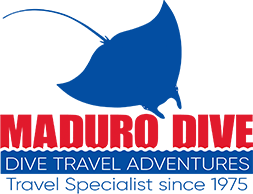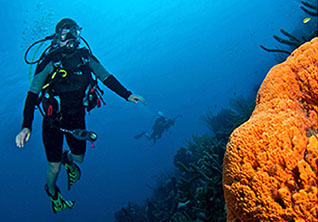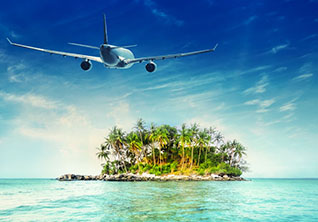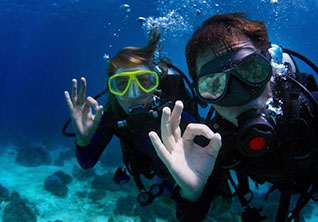Papua New Guinea: Diving At The World’s Edge: Part Two
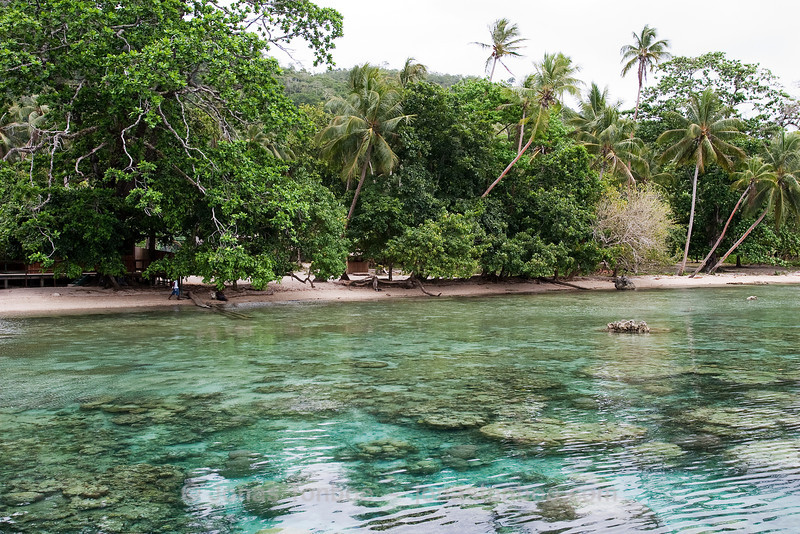
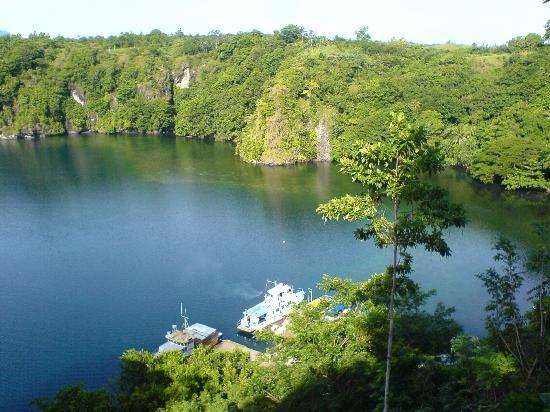
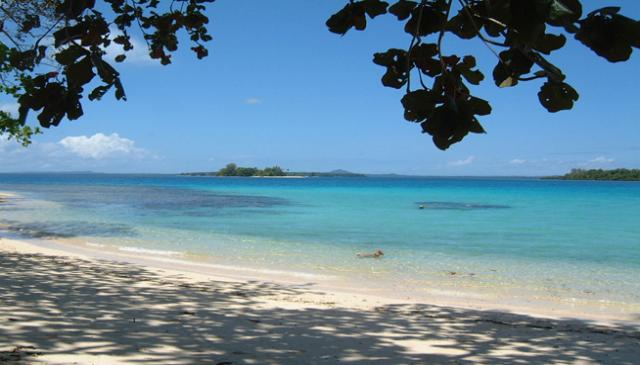
To see the entire country of PNG one would have to choose from 578 landing airstrips and untold trails, but as scuba divers we would like to define our trip to the three different locations we mentioned in Part One of this article.
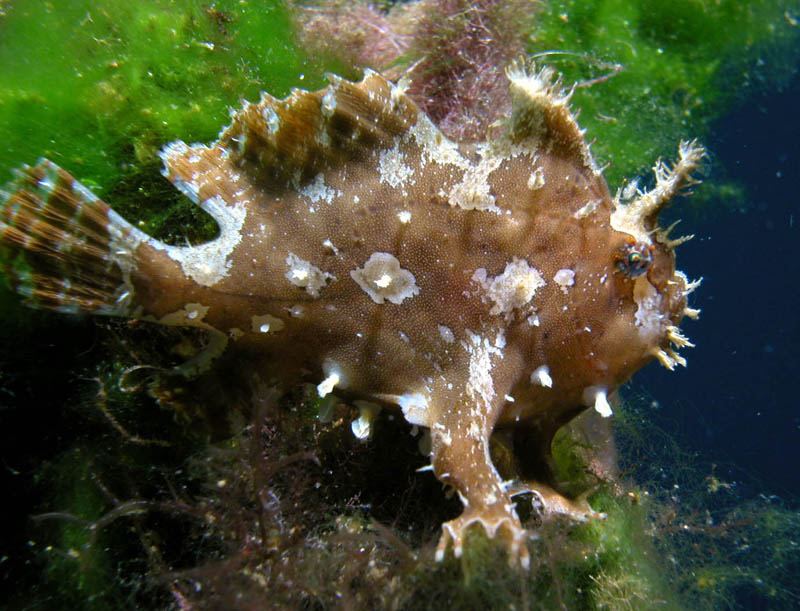
Starting on the southeastern edge of the main island we arrive at Tawali Resort. This is a beautiful hand crafted resort created over two years without the aid of power tools. One image online is worth a thousand words so we will let you look at your leisure while we concentrate on the 60 dive sites found nearby. First of all, PNG is home to the word “Muck Diving”. When you are looking at or taking images of small creatures on the substrate or coral rubble, this is muck diving. On the House Reef divers go muck diving to see mandarin fish and to watch them court one another. At Dinah’s Reef one of the five local species of frogfish is the main attraction. Frogfish are capable of increasing the size of their mouth by 12 fold and their stomach can hold fish up to twice their own size. They can change their colors over a few days or weeks as well as change the texture of their skin to resemble coral, stones, or sponges. If a divemaster points at a rock and you have a camera, snap the image and see a rockfish become ever so slightly visible. Wahoo Point offers views of hammerheads, minke whales, whale sharks as well as elephant ear sponges and many small invertebrates. Wall dives, pinnacles, and bommies “reefs” make up some of the other dives sites. At night, all the reefs become stages for new creatures with different behaviors such as the mimic octopus, lobsters, crabs, and inquisitive sharks.
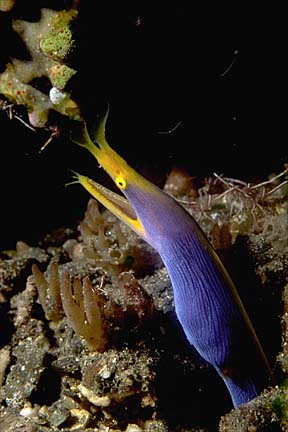
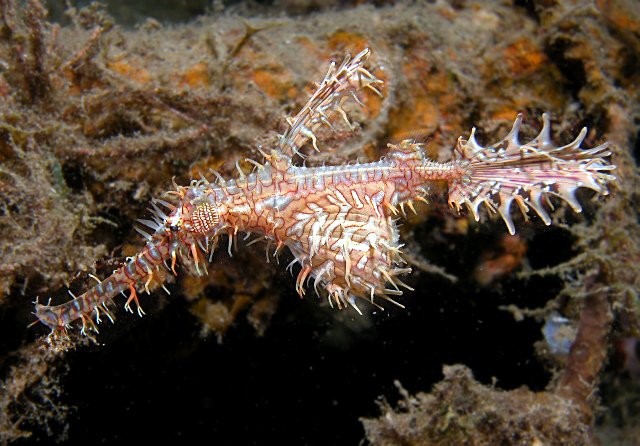
Tufi Resort is a boutique resort with polished wooden floors and traditional woven mat covered walls with 180° panoramic views of the sea, fjord, and surrounding mountains. The fjords create sheltered havens for larger than average size sea sponges and fragile shelf corals. The House Reef (Tufi Warf) is a muck diver’s paradise complete with WWII debris including early Coca Cola bottles ornate ghost pipefish, which are related to seahorses. The males are 37% smaller than the females and the females have the central brood pouch that also helps makes them look bigger. Because of their camouflage abilities, it’s easier to spot them in mating pairs than individually. One fish that is easy to see are the swarms of Anthias fish that come in pink, yellow and orange. What makes them interesting is that they are all born female, but the largest female will change to a male and they live in harems of less than a dozen, but join together in groups that can swarm in the thousands. Another favorite dive site is Blue Ribbon Reef, which is named after a certain yellow and indigo colored eel. Clancy’s Reef is known for reef sharks and white hammerheads. With over 30 different bommies close by and some with multiple dive sites, it’s tough to dive the same dive site twice even if you dove here year round.
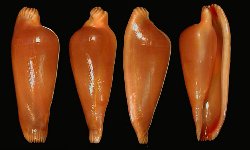
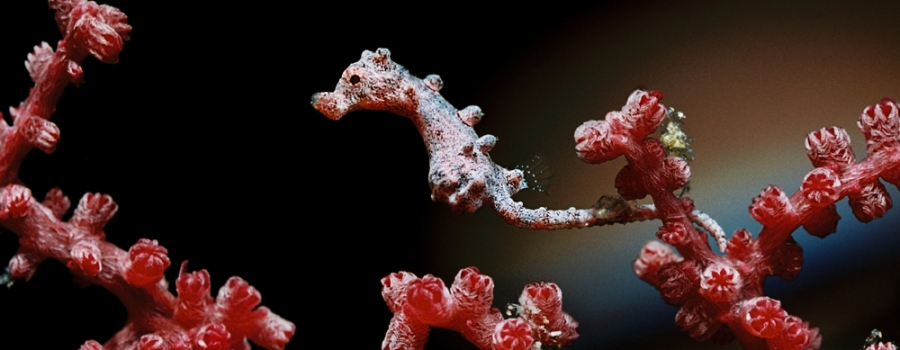
Lissenung Island Resort has four two room rustic bungalows for a total of 7 rooms: each with an ocean view. Even when they reach their max of 14 guests, you may still get that feeling of being on Castaway Island, only with clean and comfortable accommodations and great island food cooked by the staff that commutes each day from a nearby island. Here, you are only steps from the beach no matter which way you go and when it comes to sea life, this is where many marine science graduate students from around the world would like to study. Right off the shore scientist have found new species of allied cowries and a tiny olive shell along with 300 other confirmed species of fish and invertebrates. Nudibranchs and leaf scorpion fish are also big with photographers at Lissenung Island Resort. There are more than 40 dive sites around New Ireland and New Hanover and more dive sites at every other bommie you wish to stop at and visit. The House Reef goes 2/3rds around Lissenung Island and is home to 6 species of clownfish. Currently, black and white Panda Clownfish are very popular with underwater paparazzi. Albatross Passage is home to large pelagics such as eagle rays, tunas, jacks, barracudas and lot of different healthy species of sharks. At the same time, there are corals, sponges, and pygmy seahorses: one of the smallest of 54 species of seahorses. Unique to seahorses is independent eye movement like a chameleon, the male broods the eggs and supplies the eggs with prolactin the same hormone that promotes milk production in mammals and the male even provides oxygen in his controlled brood incubator. Bermuda Drop has colorful coral that slopes to 25m/80ft then drops off. A giant clam sits at 14m/45ft as well as nudibranchs, leaf scorpion fish, crocodile fish, moray eels, and flame shells. Add to all this the wreck of Der Yang at 31m/103ft, hawksbill turtles, green turtles, and occasionally inquisitive pods of dolphins and you have great diving all around you.
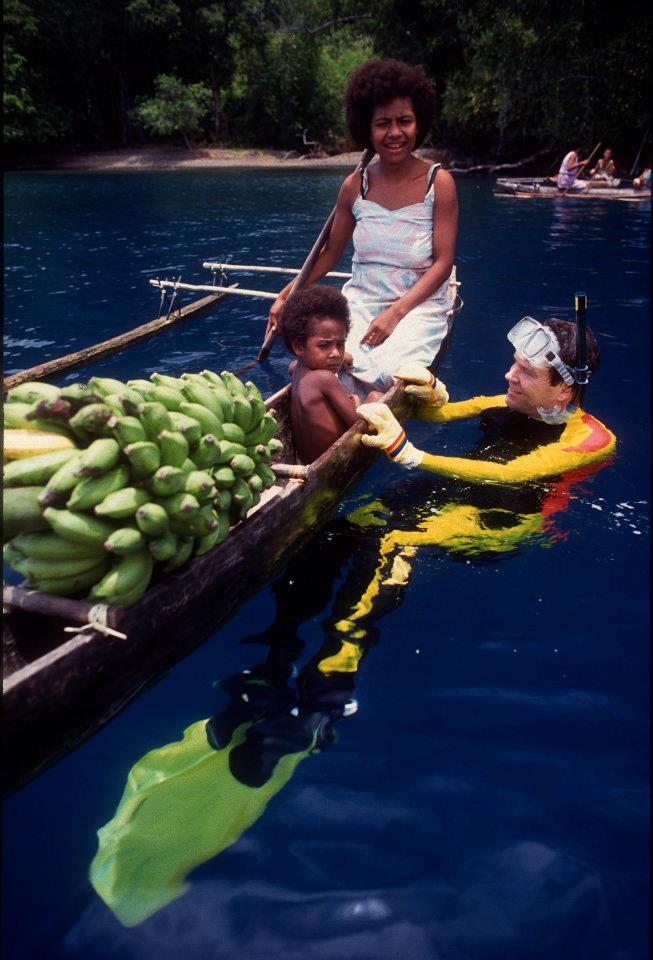
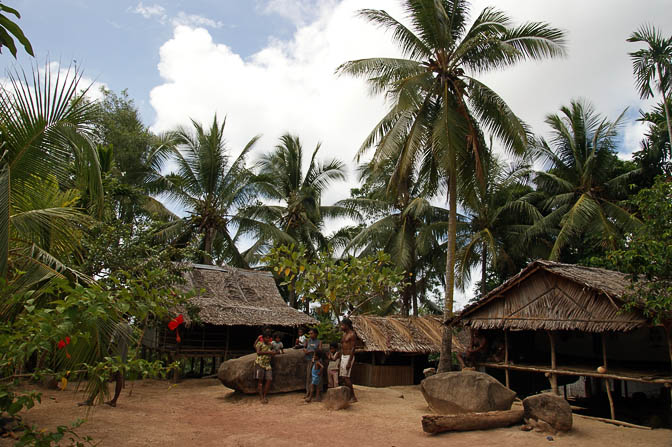
Now on your non-diving day, all three mentioned resorts can provide tours to island villages and schools where you can meet the locals, participate in local cultural events, or connect with people happily living life surrounded by fjords, bays, and oceans for generations on end.
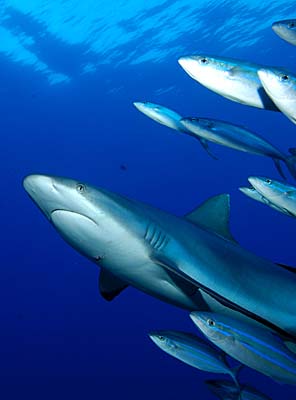
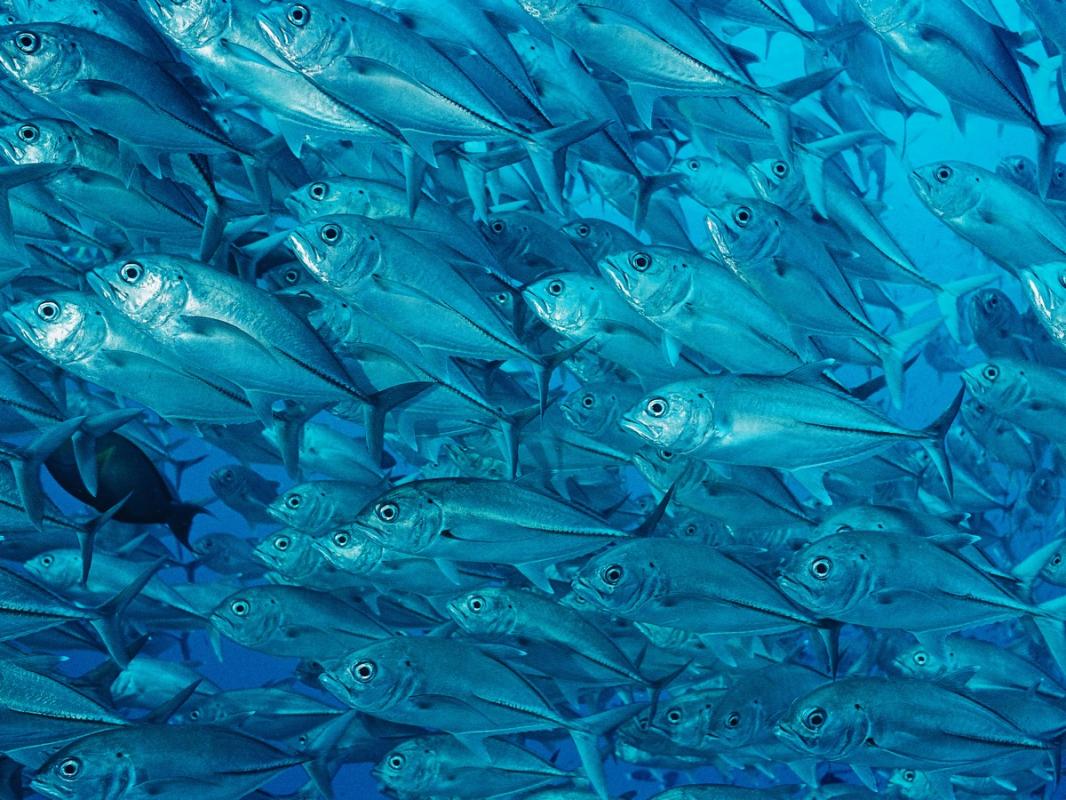
We should mention that PNG has over 840 different languages and studying one single indigenous tribe can take an entire semester of college level cultural anthropology. The book “Pigs for the Ancestors” by Roy Rappaport has been a cultural anthropology staple since 1968. The book “Lost in Shangri-La” by Mitchell Zuckoff covers the story of a US military plane called “ The Gremlin Special” that crashed in low visibility weather in May of 1945 and has become another popular book about PNG. For scuba divers though, one of the best books about PNG has to be by Bob Halstead and is entitled “The Dive Sites of Papua New Guinea”.
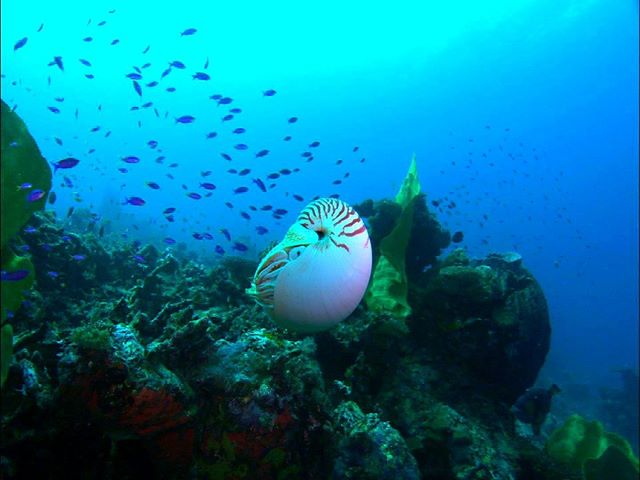
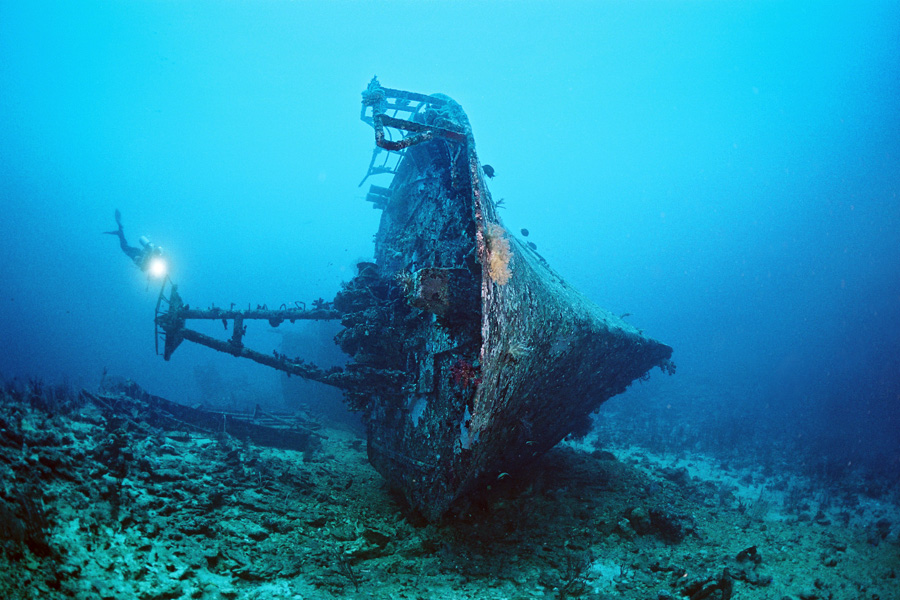
Perhaps PNG’s proximity to the edge of the world has kept many explorers and tourists at bay. You have to take multiple flights just to get to PNG and you most likely will overnight in PNG or another country on one leg of your trip. This trip isn’t for those that are squeamish or for those that need every amenity offered by 5 star accommodations to survive, but it is one of those rare magical destinations that will affect and influence you for the rest of your life. PNG may have the most diverse human communities in the world, but for true adventurous divers, Papua New Guinea is teaming with thousands of rare and interesting species of nature’s Life on Earth.
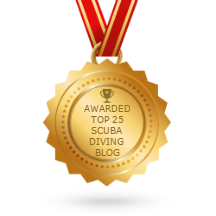
Recent Posts
- Eastern Malaysia, Sabah, Sipadan & More
- Ghost Pipefish, Pipefish, Seahorses, and Sea Dragons
- Australia Queensland and the Great Barrier Reef
- Tioman Islands, Malaysia
- The Riviera Maya
- The Peter Diving System
- The Bay Islands, Roatan, Utila, Guanaja, and more.
- The Cuttlefish; The Undisputed Master of Camouflage.
- The Maldives: A Garland of Islands in the Indian Ocean
- Frogfish, The Overlooked Camouflage Artist
Categories
- Australia
- Bahamas
- Bay Islands
- Belize
- Blue Hole
- Bonaire Diving
- Borneo
- Cayman Brac
- Cayman Islands
- Cozumel
- Curacao
- Cuttlefish
- Dive Destinations
- Dive Equipment
- Dive Liveaboards
- Dive Resorts / Properties
- Dive Travel
- Dive Travel Deals
- Diver Wellness
- Dolphins
- Dominica
- eagle rays
- Eagle Rays
- Family Travel
- Fiji
- Galapagos Islands
- Great White Shark cage diving
- Guanaja
- Honduras
- Indonesia
- Infographics
- Isla Mujeres
- Learning to Dive
- Little Cayman
- Maduro Dive Newsletter
- Malaysia
- Maldives
- Manta Rays
- Marine Life
- Mexico
- Micronesia
- Muck Diving
- Myamar
- Palau
- Papua New Guinea
- Pelagics
- Philippines
- Pinnacles
- Polynesia
- Reefs
- Riviera Maya
- Roatan
- Saba
- Sabah
- Scuba Diving
- Scuba Gear Reviews
- Scuba News/Events
- Scuba Training & Education
- Sea Legends
- sea lions
- Sea of Cortez
- Sharks
- Single Travel
- Sipadan
- Socorro Islands
- South Africa
- Specialties
- ST. Kitts
- Stingrays
- Tahiti
- Thailand
- The Bucket List
- Tobago
- Truk Lagoon (Chuuk)
- Turks and Caicos Islands
- Turtles
- Uncategorized
- Underwater Photography
- Underwater Video
- Utila
- Walls
- Whale Sharks
- Whales
- Wreck Diving
- Wrecks
- Yap
Archives
- January 2024
- April 2023
- March 2020
- March 2019
- January 2019
- November 2018
- September 2018
- July 2018
- May 2018
- March 2018
- January 2018
- October 2017
- September 2017
- June 2017
- April 2017
- February 2017
- January 2017
- October 2016
- August 2016
- July 2016
- May 2016
- March 2016
- February 2016
- January 2016
- December 2015
- August 2015
- June 2015
- April 2015
- January 2015
- November 2014
- July 2014
- April 2014
- February 2014
- December 2013
- November 2013
- October 2013
- September 2013
- August 2013
- July 2013
- June 2013
- May 2013
- April 2013
- March 2013
- February 2013
- January 2013
- December 2012
- November 2012
- October 2012
- September 2012
- August 2012
- July 2012
- June 2012
- May 2012
- April 2012
